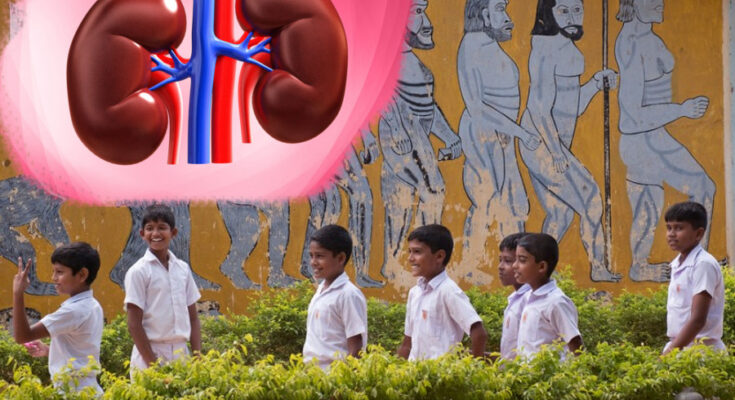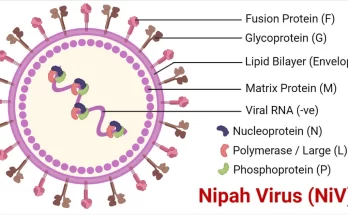Chronic Kidney Disease of Unknown Etiology/Uncertain Cause (CKDU) is a type of chronic kidney disease that primarily affects impoverished agricultural communities in dry zone of Sri Lanka where a substantial number of people develop an inexplicable, fatal form of kidney disease.
Because the affected population is one of the most important groups of the Sri Lankan economy and are exposed to many occupational and environmental dangers, as well as the disease’s current status as a “medical mystery,” CKDu has gotten a lot of attention from the science community locally and internationally. As of now several groups of scientists are continuing research on CKDu.
Results of one such study have been published recently in Nature Scientific Reports Journal. According to this study, a significantly higher rate of renal injury has been observed among the school children of the CKDu endemic areas. In this study urine samples of 804 children aged between 10-18 years have been tested for kidney injury molecule (KIM-1) and Neutrophil Gelatinase-associated Lipocalin (NGAL) biomarkers to determine the presence of early renal injury. KIM-1 is a useful biomarker for renal proximal tubule injury facilitating the early diagnosis of the disease and serve as a diagnostic discriminator while urine NGAL has also been used as an early predictor for acute kidney injury.
For this research, school children had been selected from Padaviya, Medirigiriya, Ampara, Sewanagala and Udawalawa areas. According to the publication these locations represent CKDu endemic (En), emerging (Em) and non-endemic (NE) regions in the country. Early morning first voided urine sample was obtained from each participant and the supernatant taken from the centrifugation of these samples were assessed for KIM-1 and NGAL using specific Enzyme-Linked Immunosorbent Assay (ELISA) kits.


According to the results of the study it has been revealed that pediatric urinary KIM-1 expression increased with increasing CKDu burden in residential area, even in the absence of albuminuria. But, urinary NGAL in children did not demonstrate noteworthy variations with residential CKDu prevalence.

Speaking of this results, Prof. Mangala De Silva said, “This study is the first study that focused on pediatric renal injury among school children in Sri Lanka. Our results indicate that children living in CKDu hotspots may exposed to the same risk factors as adult farmers and reported possible early renal injury. However, ongoing cohort studies in the same geographical locations may predict the disease progression. We hope that current study alone with mixture toxicity studies will certainly help to solve the mystery behind the disease.




